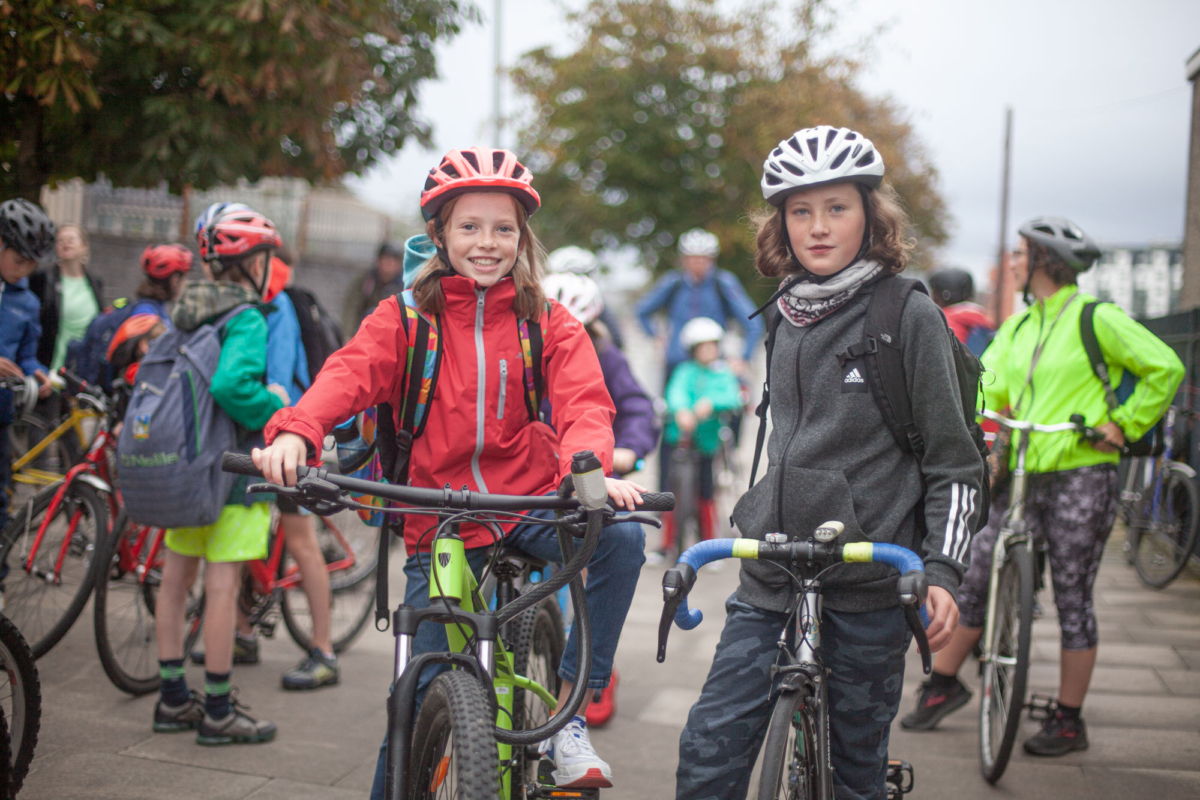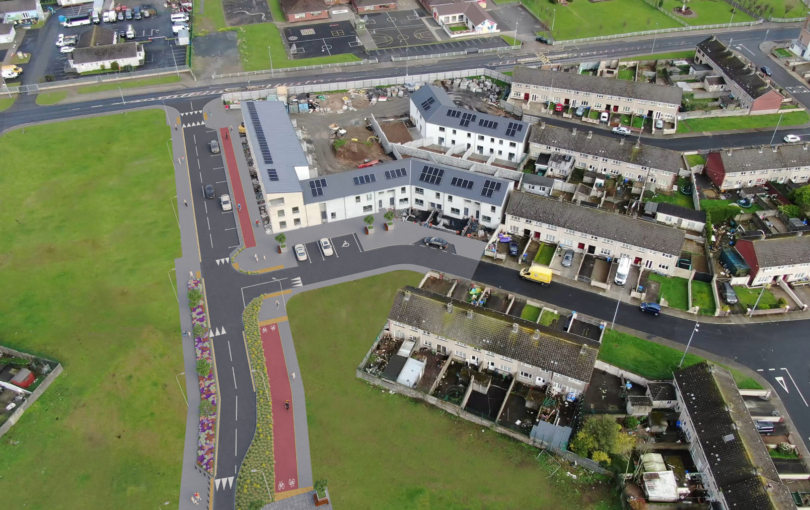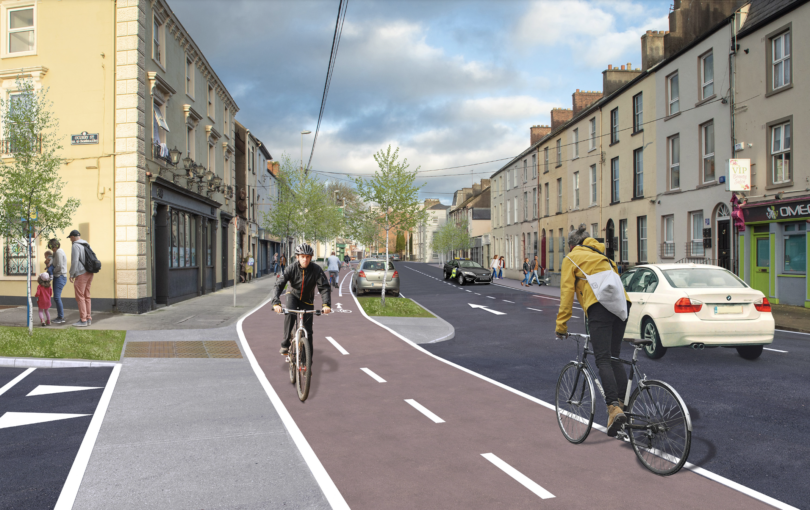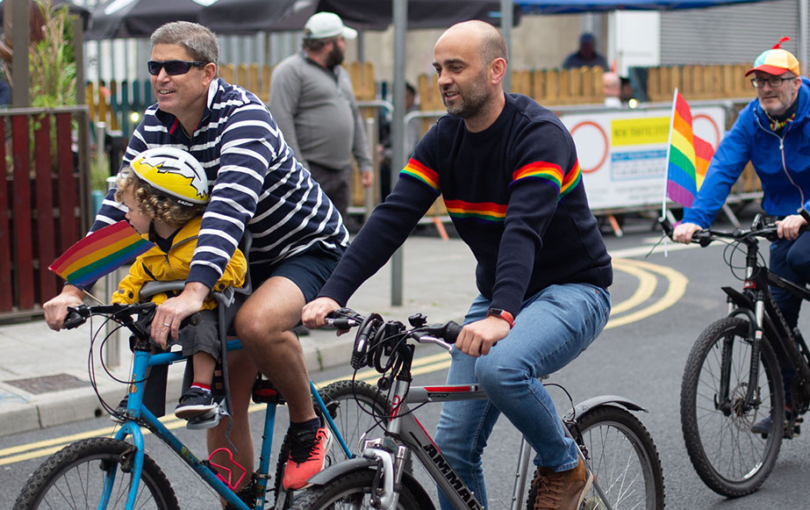We, Limerick Cycling Campaign, are making the following recommendations for Health for the Limerick/Shannon Metropolitan Transport Strategy (LSMATS). See our response to the Draft Strategy, calling for a ministerial review, and our subsequent open letter.
Our health recommendations are:
- Inclusion of positive health outcomes as a Strategy Outcome of LSMATS
- Modal share projections for air pollution levels
- Target a modal share of population over 65 cycling regularly
- Breakdown of health outcomes in disadvantaged areas and relation to connectivity
- Section 7 should be amended to include a section clearly identifying cycling for those with disabilities
Here is a breakdown of each of our recommendations:
1. Inclusion of positive health outcomes as a Strategy Outcome of LSMATS
Throughout the LSMATS draft, public health is frequently referenced without any substantive discussion of the benefits of active travel. In addition to this, the very low modal share target for cycling in completely at odds with the following stated strategy outcome from Section 5 – Strategy Development:
“Improved public health and wellbeing by promoting more physical activity in, either as walking and cycling trips in their own right or as part of linked trips with public transport”
In Section 15 – Strategy Outcomes, 7 Principles are outlined. Active Travel is mentioned in Principle 3 but again with only a cursory mention. Health as a benefit of active travel should at least form one of these Principles and merits much greater analysis within the document as a whole.
2. Modal share projections for air pollution levels
Limerick has three air quality monitors, one on O’Connell Street, one in Mungret and one in Castletroy. Not all of the air pollution we see is produced by private vehicles but they are a significant contributor. LSMATS should set out a far more ambitious modal share increase for cycling with a corresponding reduction in projected modal share for cars with specific reference to air pollution reductions under this new modal share projection.
This should be referenced to the national reduction in trips outlined in the 2019 Climate Action Plan which sets out a series of actions that need to be taken to achieve our climate targets. It estimates that Ireland will need a 45-50% reduction in transport emissions by 2030, with substantial acceleration in the second half of the decade. One of the pillars for achieving this is empowering modal shift.
3. Target a modal share of population over 65 cycling regularly.
LSMATS Section 6 – Walking references ‘age-friendly towns’:
“Anticipated changes to the age-profiles across the LSMA will require the adaptation of public realm and transport networks to consider the varied needs of older people, including those with reduced mobility and/or cognitive, visual or hearing impairments and those with buggies.”
Section 7 – Cycling contains no reference to our ageing population or the need to promote active travel among older people in the LSMA region. Cycling should be seen as a healthy means of transport for older people and as such cycling infrastructure should be installed that is accessible and useful for those over the age of 65. This section should contain specific reference to both a modal share target for older people cycling and a reference to cycling as a means of transport for people with disabilities.
4. Breakdown of health outcomes in disadvantaged areas and relation to connectivity.
Cycling is an important way to connect socially and physically isolated areas within the LSMA, particularly within Limerick City. People living in disadvantaged areas are more likely suffer from poor health including being overweight/obese and having a lower average life expectancy. We also often see less access to healthcare. The cycling section of LSMATS should include health benefits as they apply to disadvantaged areas within the LSMA and how people living in these areas stand to gain from cycling infrastructure and greater connectivity.
5. Include a paragraph with the Section 7 – Cycling regarding cycling for those with disabilities.
For many people with disabilities cycling offers a means of transport that brings significant health benefits and restores a sense of independence. Some disabilities – for example a vision impairment – may exclude people from holding a driving licence. As such cycling should be considered a key transport option for people with disabilities.
Access for people with disabilities should also inform the standard of cycling infrastructure that is provided.
Also see our education recommendations for LSMATS.



